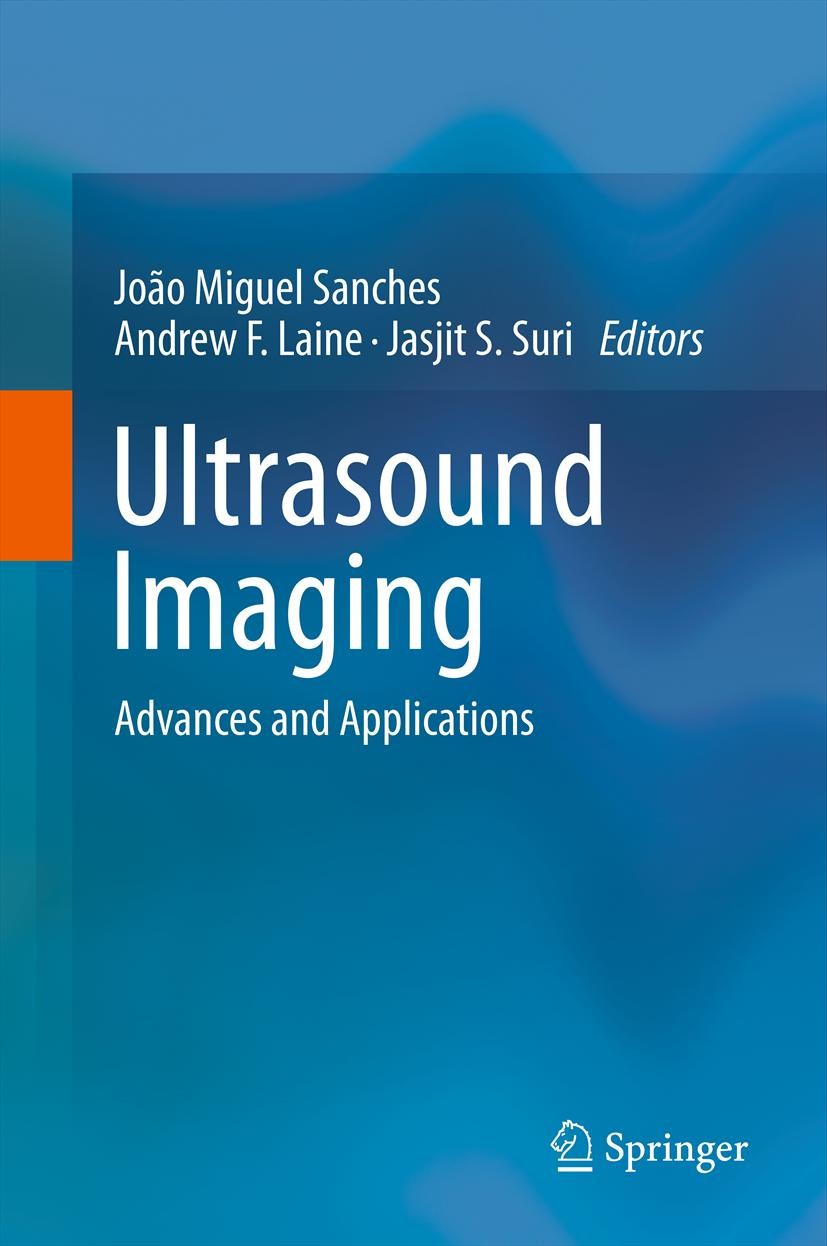| 书目名称 | Ultrasound Imaging | | 副标题 | Advances and Applica | | 编辑 | Joao Miguel Sanches,Andrew F. Laine,Jasjit S. Suri | | 视频video | http://file.papertrans.cn/941/940610/940610.mp4 | | 概述 | Presents recent advances in Ultrasound imaging technology covering several organs and techniques from a Biomedical Engineering (BME) perspective.Covers a wide range of topics from the physics and stat | | 图书封面 |  | | 描述 | .Diagnostic and Therapeutic Ultrasound has recently taken an explosive growth for better safer, economic, mobile and high quality healthcare. This technology is very appealing for medical applications because it is non-ionizing, non-invasive and it is available in most of the medical and clinical facilities. Its low cost, when compared with other medical image modalities, makes it one of the preferred tools for medical monitoring, follow-up and diagnosis. Besides the traditional fields of Cardiology and Obstetrics, where it is extensively used for long time, it has became also very useful in the diagnosis of diseases of the prostate, liver and coronaries and carotids atherosclerosis. .However, Ultrasound images present poor quality, very low signal to noise ratio and a lot of artifacts. The extraction of useful information from Ultrasound data for diagnosis is a challenge task that makes this medical image modality a very active field of research. The difficulties are being overcome and novel and advanced methods are being proposed for detection, characterization and segmentation of abnormalities in several organs. In fact, Ultrasound application range is vast, covering almost | | 出版日期 | Book 2012 | | 关键词 | Ultrasonography | | 版次 | 1 | | doi | https://doi.org/10.1007/978-1-4614-1180-2 | | isbn_softcover | 978-1-4899-9793-7 | | isbn_ebook | 978-1-4614-1180-2 | | copyright | Springer Science+Business Media, LLC 2012 |
The information of publication is updating

|
|
 |Archiver|手机版|小黑屋|
派博传思国际
( 京公网安备110108008328)
GMT+8, 2025-12-15 07:20
|Archiver|手机版|小黑屋|
派博传思国际
( 京公网安备110108008328)
GMT+8, 2025-12-15 07:20


